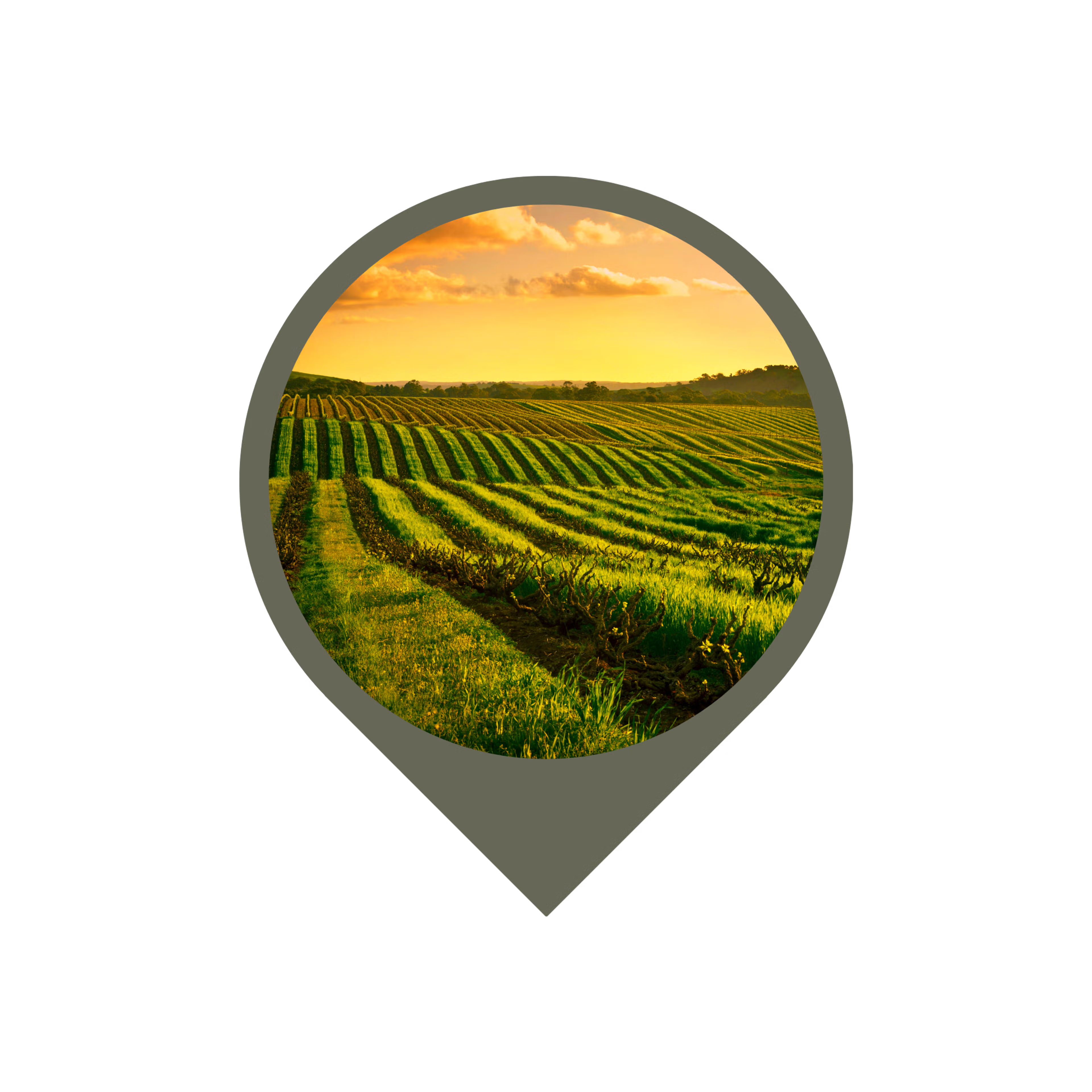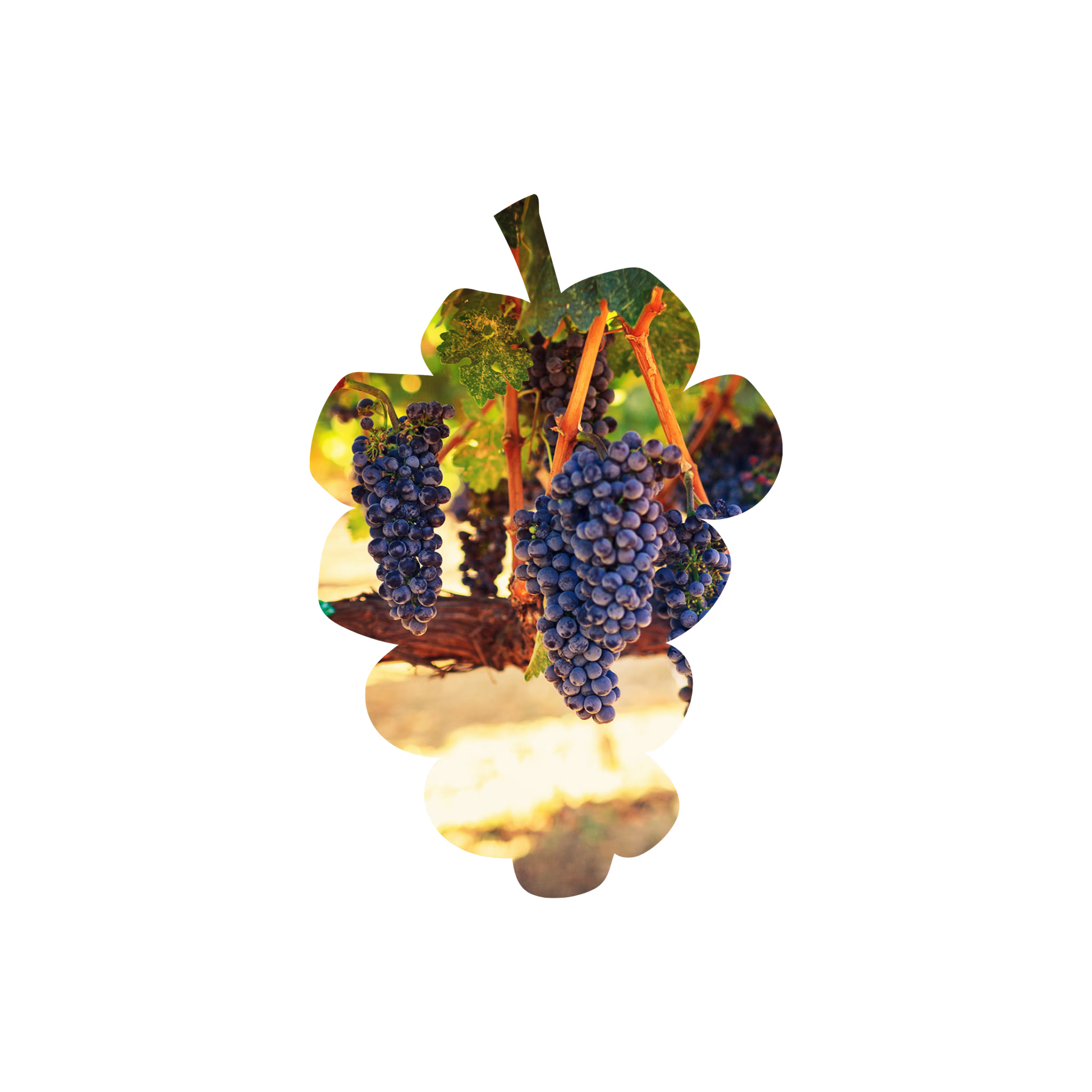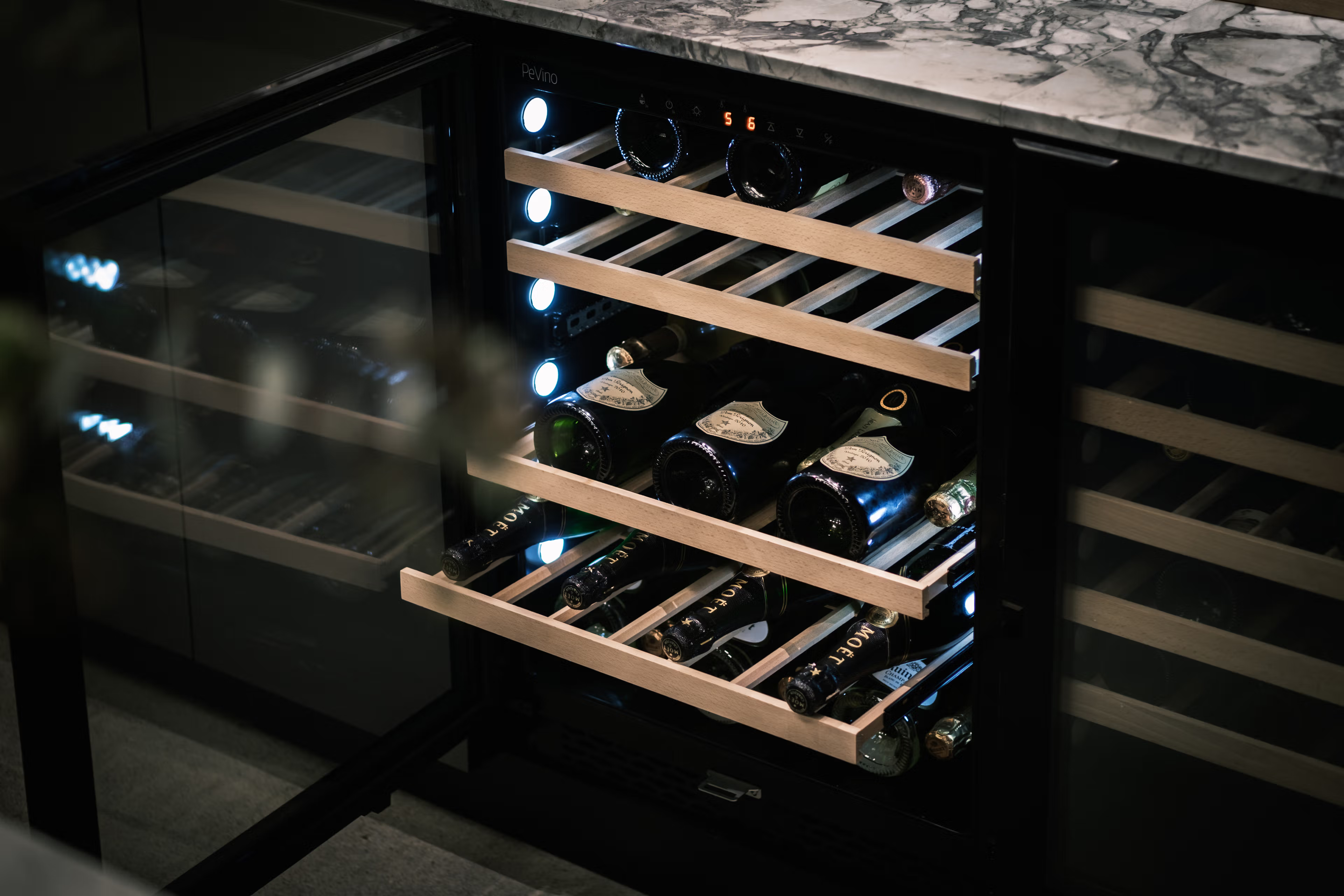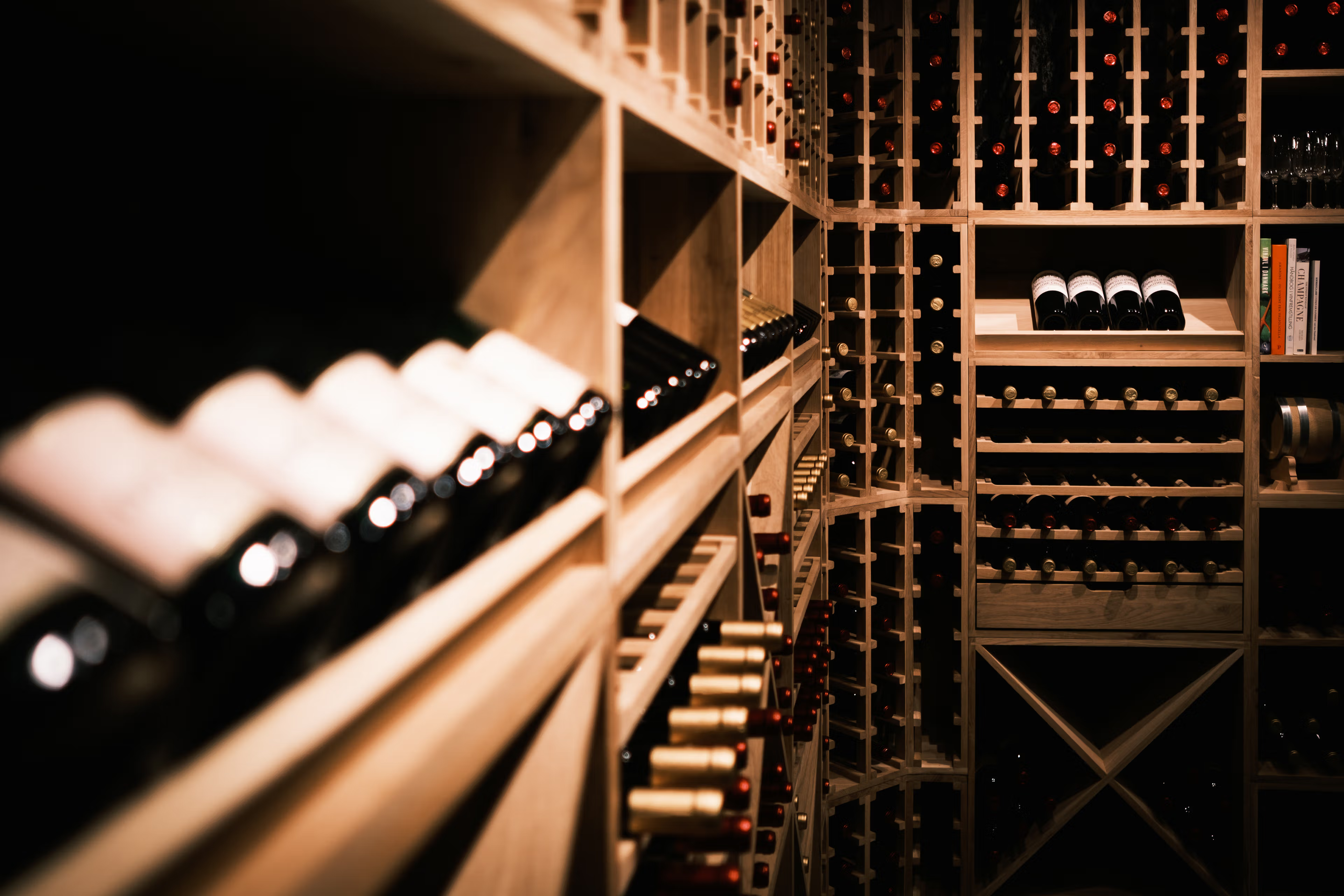

Setúbal: Moscatel and More
From the iconic Moscatel to bold reds, Setúbal offers a taste of Portugal’s unique wine traditions.
Setúbal is where the sweetness of Moscatel meets the boldness of Portuguese reds – a harmony of flavor and history.
– Portuguese proverb
Setúbal: A Heritage of Fortified Wines
Setúbal, a charming wine region located in southern Portugal, is most famous for its fortified Moscatel wines. With a winemaking tradition that dates back to the 19th century, Setúbal has become a place of legend for lovers of sweet, fortified wines and bold, full-bodied reds. The region is dominated by the Muscat grape, specifically Moscatel de Setúbal, which has earned its place as the flagship wine of the area.
The vineyards of Setúbal benefit from the warm Mediterranean climate and proximity to the sea, giving the wines a distinct richness and complexity. In addition to its famous Moscatel, Setúbal also produces bold reds, primarily from Castelão and Touriga Nacional, that are full of character and expression. Whether you’re savoring the sweet nectar of a vintage Moscatel or exploring the powerful reds of the region, Setúbal’s wines are a true reflection of Portugal’s unique winemaking heritage.

Explore the Famous Sub-regions of Setúbal
Setúbal: A Region of Rich Tradition and Unique Terroirs
Setúbal is a small but remarkable wine region in Portugal, celebrated for its fortified Moscatel wines and bold reds. The region’s proximity to the sea and its Mediterranean climate offer ideal conditions for producing wines that are both rich and balanced. Setúbal's vineyards are spread over various sub-regions, each contributing to the diversity of the wines.
🍇 Setúbal Peninsula – This region is home to the most famous vineyards of Setúbal, where the Moscatel grape flourishes. The warm, sunny climate combined with coastal influences creates a perfect growing environment for this sweet, fortified wine. The region's proximity to the Atlantic also adds a subtle brininess to the wines, giving them a distinct, refreshing finish.
🍇 Palmela – Known for its contribution to bold reds, Palmela is another key sub-region within Setúbal. The soils here are rich and fertile, ideal for growing Castelão, which produces full-bodied reds with deep fruit flavors and spicy nuances. This sub-region also contributes to the production of Touriga Nacional, which enhances the depth and complexity of Setúbal's red wines.

The Grapes Behind Setúbal’s Renowned Wines
Moscatel de Setúbal, Castelão, Touriga Nacional: The Heart of Setúbal’s Wines
Bairrada’s wines are defined by its indigenous grape varieties, which thrive in the region’s unique terroir. The bold red wines of Bairrada are mainly made from Baga, a grape that excels in the region’s clay-rich soils, while Maria Gomes and Bical are the stars of Bairrada’s refreshing white and sparkling wines. These grapes contribute to the region’s reputation for making wines that are both powerful and refreshing.
🍇 Baga – The king of red wines in Bairrada, Baga is a grape that is known for its deep color, tannic structure, and high acidity. Baga wines are often bold, with flavors of dark berries, earthy undertones, and a distinct minerality that makes them ideal for aging. While Baga can be difficult to grow, it produces wines that develop complexity and elegance as they mature, making them a favorite for wine collectors and enthusiasts alike.
🍇 Maria Gomes (white) – Maria Gomes, also known as Fernao Pires, is a white grape variety that is the foundation of many of Bairrada’s fresh, aromatic wines. Known for its high acidity and floral notes, Maria Gomes produces wines that are light, refreshing, and incredibly versatile. It is often used in the production of sparkling wines, where its natural acidity helps create wines with crisp bubbles and a clean finish. This grape adds a bright, citrusy character to Bairrada’s whites, making it a staple in the region’s wine production.
🍇 Bical (white) – Another important white grape in Bairrada, Bical is known for its ability to produce wines with good structure and complexity. Bical wines are typically mineral-driven, with notes of green apple, citrus, and a subtle nuttiness. The grape thrives in Bairrada’s clay-limestone soils, where it develops wines with excellent acidity and aging potential. Bical is often used in both still and sparkling wines, contributing to the region’s reputation for producing wines with depth and freshness.

Discover the Iconic Producers of Setúbal
José Maria da Fonseca, Bacalhôa: Pillars of Setúbal’s Winemaking
Setúbal has long been home to some of Portugal’s most celebrated wine producers. These producers have helped shape the region’s reputation for Moscatel and bold reds, employing both traditional methods and innovative approaches to produce wines of exceptional quality. Their wines reflect the unique terroir of Setúbal, and their commitment to craftsmanship and sustainability ensures that the region’s winemaking heritage remains alive and thriving.
🍇 José Maria da Fonseca – One of the oldest and most prestigious producers in Setúbal, José Maria da Fonseca is famous for its Moscatel de Setúbal. This family-owned winery has been producing exceptional wines for over 180 years, with a particular focus on the unique qualities of the Moscatel grape. Their fortified Moscatel wines are among the most sought-after in Portugal, known for their rich, complex flavors and remarkable aging potential. The winery also produces high-quality reds from Castelão and Touriga Nacional, showcasing the full range of Setúbal’s winemaking potential.
🍇 Bacalhôa – Another leading producer in Setúbal, Bacalhôa has played a key role in bringing Setúbal wines to international recognition. The winery is known for its commitment to both tradition and innovation, producing high-quality Moscatel de Setúbal and bold red wines. Bacalhôa’s wines are characterized by their elegance, balance, and complexity, offering both immediate pleasure and the potential for long-term aging. Their unique blends of native Portuguese grape varieties, including Touriga Nacional and Castelão, have earned them a loyal following among wine lovers worldwide.
Explore the Legendary Vintages of Setúbal
Madeira is known for producing some of the world’s most age-worthy wines, with many bottles capable of lasting for decades, even centuries. Certain vintages have become legendary for their quality and longevity, representing the pinnacle of Madeira’s winemaking tradition. These remarkable years showcase the power of Madeira’s fortification process and its ability to age gracefully over time.
📅 1900 – A Century of Excellence
• The 1900 vintage is one of the most sought-after Madeira vintages, with bottles from this year still being enjoyed today. Known for its rich, complex flavors and incredible longevity, the 1900 Madeira is a true testament to the aging potential of the island’s wines. The wines from this year exhibit deep, nutty flavors, with notes of dried fruit, caramel, and a touch of spice, making it an exceptional example of Madeira’s timeless appeal.
• Notable wines: Blandy’s 1900 Malmsey, D’Oliveira 1900 Bual.
📅 1920 – A Vintage for the Ages
• The 1920 vintage is another historic year in Madeira’s winemaking history, producing wines with remarkable depth and complexity. These wines are known for their intense flavors, rich texture, and smooth finish, with hints of dark fruit, chocolate, and a subtle earthiness. The 1920 vintage continues to age beautifully, offering an exceptional tasting experience for those lucky enough to sample it.
• Notable wines: Henriques & Henriques 1920 Verdelho, Barbeito 1920 Sercial.
📅 1954 – A Classic Madeira Vintage
• The 1954 vintage is widely regarded as one of the best of the 20th century, known for its balanced acidity and rich, nutty character. Wines from this vintage have stood the test of time, offering complex aromas of dried fruits, toasted nuts, and honeyed sweetness. The 1954 Madeira is a favorite among collectors for its consistency and remarkable aging potential.
• Notable wines: Blandy’s 1954 Bual, Henriques & Henriques 1954 Malmsey.
📅 1996 – A Modern Classic
• The 1996 vintage represents a more recent classic, showcasing the continued excellence of Madeira winemaking. These wines are fresh and vibrant, with bright acidity and rich, layered flavors of citrus, nuts, and caramel. The 1996 vintage is already being enjoyed for its balance and drinkability, while also possessing the aging potential to develop further complexity over the next few decades.
• Notable wines: Barbeito 1996 Sercial, D’Oliveira 1996 Malmsey.
Store your Setúbal wines at the perfect temperature
Explore our wine coolers →
Present your Setúbal wine collection in style
Find your perfect wine rack here →
Setúbal: The Heart of Fortified Portuguese Wines
Setúbal is one of Portugal’s most iconic wine regions, renowned for producing Moscatel de Setúbal, a fortified wine that embodies the essence of the region. Nestled on the Setúbal Peninsula, this small yet significant area benefits from a Mediterranean climate, which, combined with its proximity to the Atlantic, provides an ideal environment for growing a variety of grapes, most notably Moscatel de Setúbal. The region is also known for its bold red wines, made primarily from Castelão and Touriga Nacional.
The Role of Terroir and Climate in Setúbal
The terroir of Setúbal plays a crucial role in shaping the character of the wines produced here. The vineyards are influenced by the mild, sunny climate of the Setúbal Peninsula, where long, hot summers and cooler coastal breezes combine to produce grapes with both sweetness and acidity. The proximity to the Atlantic Ocean adds a slight salinity to the wines, especially in the fortified Moscatel de Setúbal, contributing to its unique flavor profile.
In addition to the climate, Setúbal's soils are a key factor in the region's ability to produce rich, complex wines. The soil composition varies across the vineyards, with sandy and clay-rich soils that allow the vines to thrive and produce grapes that are perfect for both fortified and table wines.
Fortified Wines: The Essence of Setúbal
Setúbal’s most famous wine is undoubtedly Moscatel de Setúbal, a fortified wine made from the Muscat grape variety. The winemaking process involves fortifying the wine with grape spirit, halting fermentation, and preserving the natural sweetness of the grape. This method not only ensures the wine’s longevity but also enhances its aromatic complexity. Moscatel de Setúbal is known for its rich flavors of orange blossom, honey, and dried fruit, with a smooth, velvety texture that lingers on the palate. These wines can age for many years, developing even more depth and complexity as they mature.
The Red Wines of Setúbal
In addition to its fortified wines, Setúbal also produces bold, expressive red wines made from indigenous grape varieties such as Castelão and Touriga Nacional. These reds are known for their deep color, robust tannins, and rich fruit flavors, making them perfect for aging. Castelão, in particular, is the backbone of many of Setúbal’s red wines, producing wines that are both powerful and elegant, with flavors of dark berries, plum, and a subtle spiciness.
Touriga Nacional, a grape synonymous with Portugal’s finest wines, is also used to produce red wines in Setúbal. Known for its intense fruit flavors, floral aromas, and structured tannins, Touriga Nacional adds an additional layer of complexity and depth to Setúbal’s red wines.
Aging Potential and the Art of Cellaring
One of the most remarkable characteristics of Setúbal’s wines, particularly the fortified Moscatel de Setúbal, is their ability to age for decades, sometimes even longer. As these wines age, they develop an even greater complexity, with additional flavors of nuts, dried fruit, and spices emerging over time. The aging process can take place in both oak barrels and glass bottles, allowing the wines to evolve in different ways. For collectors and wine lovers, this aging potential makes Setúbal wines a true investment, as they continue to improve with age.
The region’s red wines also benefit from aging, although they tend to mature more quickly than the fortified Moscatels. With their full-bodied structure and rich flavor profile, Setúbal’s reds can continue to develop and improve over several years in the bottle.
Winemaking Tradition and Innovation in Setúbal
The winemaking tradition in Setúbal is both rich and innovative. Producers in the region combine time-honored techniques, such as the use of oak barrels for aging, with modern practices designed to enhance the natural qualities of the grapes. This fusion of tradition and innovation is evident in the wines of Setúbal, where the craftsmanship of the winemaker is reflected in every bottle.
Prominent producers such as José Maria da Fonseca and Bacalhôa have played a significant role in shaping Setúbal’s reputation both locally and internationally. Their dedication to quality and their passion for showcasing the unique terroir of Setúbal have made their wines among the most respected in Portugal.